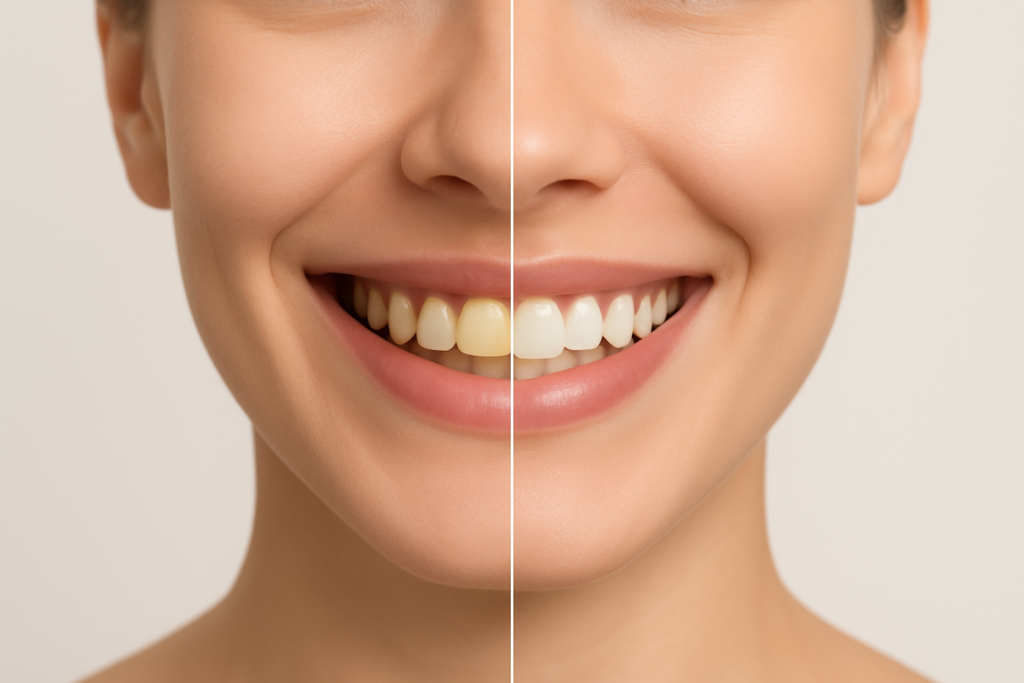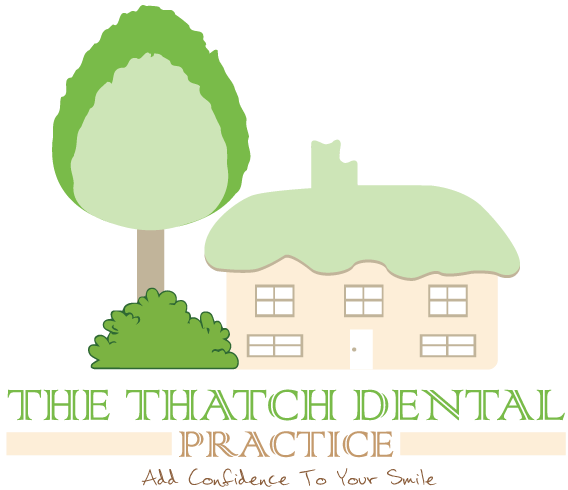
Problem
A bright smile is one of the first things people notice. With teeth whitening becoming a booming industry, many turn to whitening strips as a quick, affordable fix. These thin, coated pieces of plastic promise whiter teeth in just a few days. They’re sold over the counter, require no dentist visits, and are marketed as an easy at-home option.
But here’s the issue: while whitening strips may improve surface color temporarily, they also come with disadvantages that most people don’t think about until they experience them firsthand.
From tooth sensitivity to gum irritation, uneven whitening, and even potential long-term enamel damage, whitening strips are not as risk-free as the packaging might suggest.
Agitate
Let’s look closer at the real problems with whitening strips, backed by research and case studies.
1. Tooth Sensitivity
One of the most common complaints after using whitening strips is tooth sensitivity. These strips typically use hydrogen peroxide or carbamide peroxide as the whitening agent.
A clinical study published in the Journal of the American Dental Association (JADA) reported that 57% of patients experienced tooth sensitivity after at-home whitening treatments, including strips. The peroxide penetrates the enamel and reaches the dentin layer, where it irritates nerve endings.
Case Example: A 2020 study in Operative Dentistry tracked 30 patients using whitening strips for two weeks. Nearly half reported sharp, short-lived pain when consuming cold food and drinks. The sensitivity persisted even after treatment stopped in 15% of participants.
For people with naturally thinner enamel or pre-existing dental conditions, this discomfort can be worse.
2. Gum Irritation
Strips are designed to stick to the surface of teeth, but they rarely fit perfectly. The whitening gel often spreads to the gums. Prolonged contact can irritate or even chemically burn soft tissue.
The American Dental Association has documented cases where patients developed gingival irritation and whitening-related burns from improper strip use. In most cases, the irritation was temporary, but repeated exposure increases the risk of gum recession over time.
Case Example: A study in Clinical Oral Investigations found that 20% of participants using peroxide-based whitening products experienced gum inflammation during or shortly after treatment.
3. Uneven Whitening Results
Teeth aren’t flat surfaces, and whitening strips don’t always cover every contour. Areas between teeth or near the gum line often get less contact, leading to patchy or uneven whitening.
Consumer surveys in the UK showed that 1 in 4 people using strips reported dissatisfaction with results, with uneven color being the top complaint.
For people with dental restorations (like crowns, veneers, or fillings), the problem is worse. Whitening strips don’t change the color of artificial materials, so natural teeth lighten while restorations stay the same, creating an obvious mismatch.
4. Enamel Damage with Overuse
While manufacturers recommend limited use, many people are tempted to extend treatments for faster results. Overuse increases the risk of enamel erosion.
A 2019 study at Stockton University tested whitening strips in a lab setting and found significant loss of enamel protein after consistent use of peroxide-based strips. Researchers concluded that excessive application could weaken tooth structure, making it more prone to decay.
Case Example: A young adult in a case study published in General Dentistry developed enamel thinning and persistent sensitivity after doubling the recommended strip application time. His dentist had to discontinue treatment and address new cavities that developed.
5. Temporary Results
Whitening strips don’t provide permanent results. Most last between 3 to 6 months, depending on diet and habits like coffee, tea, or tobacco use.
This means users often go back to buy more, starting a cycle that exposes teeth repeatedly to peroxide. In the long run, the cost and risks may outweigh the convenience.
6. Not Safe for Everyone
Whitening strips are not suitable for:
- Pregnant or breastfeeding women (safety of peroxide use in these groups hasn’t been fully established)
- People with untreated cavities or gum disease (peroxide can worsen these conditions)
- Teenagers (developing teeth may be more vulnerable to damage)
Yet many people use them without consulting a dentist, unaware of these restrictions.
Solution
So, what’s the alternative? If whitening strips carry these disadvantages, does that mean people should avoid teeth whitening altogether? Not necessarily. It’s about choosing safer, evidence-based options and using them correctly.
1. Professional Whitening Under Supervision
In-office whitening treatments use controlled concentrations of peroxide, applied by professionals who protect gums and monitor sensitivity. A clinical review in Cochrane Oral Health showed that professional treatments are both more effective and safer compared to over-the-counter strips.
Dentists can also customize whitening trays that fit properly, reducing the risk of uneven results and gum irritation.
2. Lifestyle Adjustments
Reducing stains at the source is another practical solution. Cutting back on coffee, tea, red wine, and tobacco can significantly slow down discoloration. Regular dental cleanings also remove surface stains without the risks of peroxide.
3. Safer At-Home Alternatives
If professional whitening isn’t an option, whitening toothpaste or non-peroxide gels may be safer for long-term use. These options don’t penetrate as deeply, but they carry less risk of sensitivity and enamel damage.
4. Consultation Before Whitening
Before using strips—or any whitening product—it’s smart to consult a dentist. They can identify issues like cavities, gum disease, or enamel erosion that make whitening unsafe. They can also suggest the best approach for your specific teeth.
Conclusion
Teeth whitening strips may seem like a quick and affordable solution, but they come with real disadvantages: sensitivity, gum irritation, uneven results, potential enamel damage, and temporary effects. Studies and case reports show that these risks aren’t rare—they’re common enough to take seriously.
If you’re considering whitening, the safest step is to talk to your dentist. Professional treatments, lifestyle changes, and safer alternatives can help you achieve a brighter smile without risking long-term dental health.
Remember, whitening is optional—but protecting your teeth is essential.








